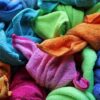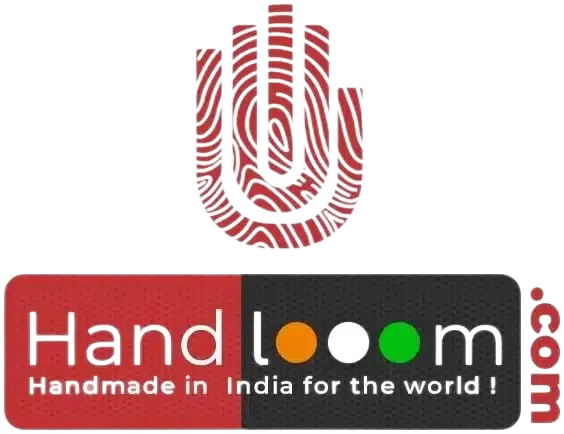Muga Silk: The Glimmering Gem of the Fabric World
Muga silk, woven from the cocoons of wild silkworms in Assam, India, is a textile unlike any other. Its golden sheen, unparalleled strength, and natural luster have captivated hearts for centuries, earning it the title of “liquid gold.” But like any gem, Muga silk comes with its own set of advantages and disadvantages. Let’s delve into the world of this exquisite fabric, exploring its pros and cons to help you decide if it’s the right choice for you.

Advantages of Muga Silk:
-
Unmatched Beauty: Muga silk’s natural golden hue is unlike any other silk. It shimmers and glows, reflecting light in a way that synthetic fabrics simply cannot replicate. This inherent elegance makes Muga silk a popular choice for special occasions and heirloom pieces.
-
Strength and Durability: Despite its delicate appearance, Muga silk is surprisingly strong. Its fibers are tougher than other silks, making it resistant to tears and snags. Muga garments can last for generations with proper care, becoming treasured family heirlooms.
-
Comfort and Breathability: Muga silk is incredibly soft and lightweight, gently caressing the skin. It’s also highly breathable, allowing air to circulate and keeping you cool in warm weather. This makes Muga silk ideal for garments worn close to the body, like sarees and shirts.
-
Hypoallergenic and Antibacterial: Muga silk is a natural protein fiber, making it hypoallergenic and suitable for people with sensitive skin. Its antibacterial properties also make it resistant to odor and dust mites, adding to its comfort and hygiene.
-
Sustainable and Eco-friendly: Unlike mass-produced silks, Muga silk is harvested from wild silkworms in a sustainable manner. This minimizes environmental impact and supports traditional Assamese communities who rely on Muga silk production for their livelihood.
Disadvantages of Muga Silk:
- High Cost: Muga silk is one of the most expensive silks in the world. This is due to the limited availability of wild silkworms, the labor-intensive harvesting process, and the delicate skill required to weave the fabric.
- Limited Availability: Finding genuine Muga silk can be challenging, especially outside of Assam. Many commercially available “Muga” silks are blended with other, cheaper fibers, compromising their quality and unique properties.
- Special Care Requirements: Muga silk requires delicate care. It should be hand-washed in cold water with mild detergent and air-dried. Dry cleaning can damage the fabric, and harsh chemicals should be avoided.
- Color Options: Unlike other silks, Muga silk comes in a limited range of natural colors, primarily golden yellow and ecru. While these shades are stunning in their own right, they may not suit everyone’s preferences.
- Ethical Concerns: While Muga silk production is generally considered sustainable, some concerns exist regarding the potential exploitation of wild silkworms. Choosing ethically sourced Muga silk from reputable vendors is crucial.
The Final Verdict:
Muga silk is a luxurious fabric with undeniable advantages. Its beauty, strength, and comfort make it a worthy investment for special occasions and those who appreciate fine craftsmanship. However, its high cost, limited availability, and special care requirements make it a fabric for the discerning few. Ultimately, the decision of whether or not to own Muga silk comes down to personal preference and budget.
Whether you choose to adorn yourself in Muga’s golden embrace or opt for a more practical alternative, remember that this exquisite fabric represents a rich cultural heritage and a unique connection to nature. So, appreciate its beauty, understand its limitations, and make an informed decision that aligns with your values and lifestyle.



















